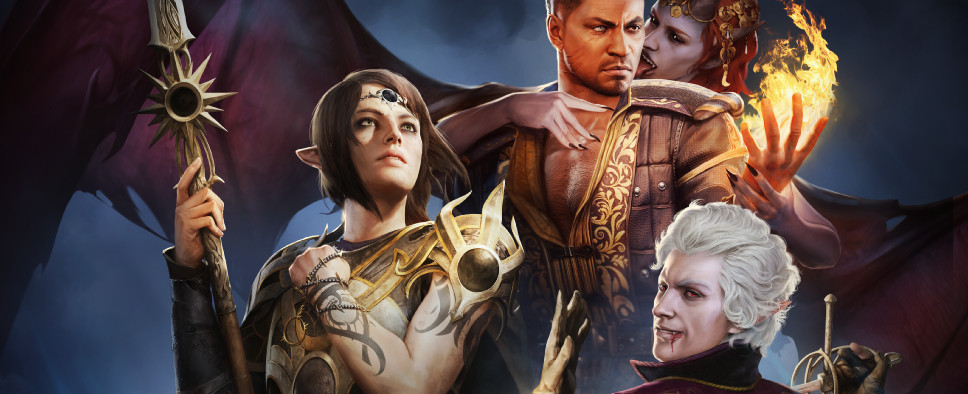Baldur's Gate III - Adapting Dungeons & Dragons
-
Category: News ArchiveHits: 1148

Eurogamer recently had a chat with a few video game developers who know a thing or two about adapting tabletop properties. Among them was Larian's lead systems designer Nick Pechenin, and as a result, we can now read about some of the challenges Larian had to overcome while working on Baldur's Gate III.
Here's an excerpt:
When it came to adapting gameplay, Pechenin dives deep into development, detailing his team’s role on Baldur’s Gate 3. "What systems design means for us at Larian is working out the rules, the mechanics of the game, realising the classes, all the players options, loot, anything with numbers really, and then assisting all of the other teams looking to make a systemic feature that pops up throughout the whole game," he says. "It’s a big role but with everything moving ahead, the team initially believed 'oh, our job is done, right? The books are out, we know D&D rules quite well because we played it before, some of us DM’d it. How hard could it be, right? Just take the book the book, make the machine do what it says in the book, and you’re done, right?'"
Pechenin quickly discovered this didn’t work. "There’s several things fascinating things that we learned about deep D&D design," he explains. "One of the first things that popped up very quickly that you don’t really notice around the table, is that D&D 5th edition is kinda brilliantly designed to take advantage of the whole action happening in the theatre of the mind of the players. They don’t just assume it’s happening there; they mechanically take advantage of player being able to easily fudge things up in their mind."

